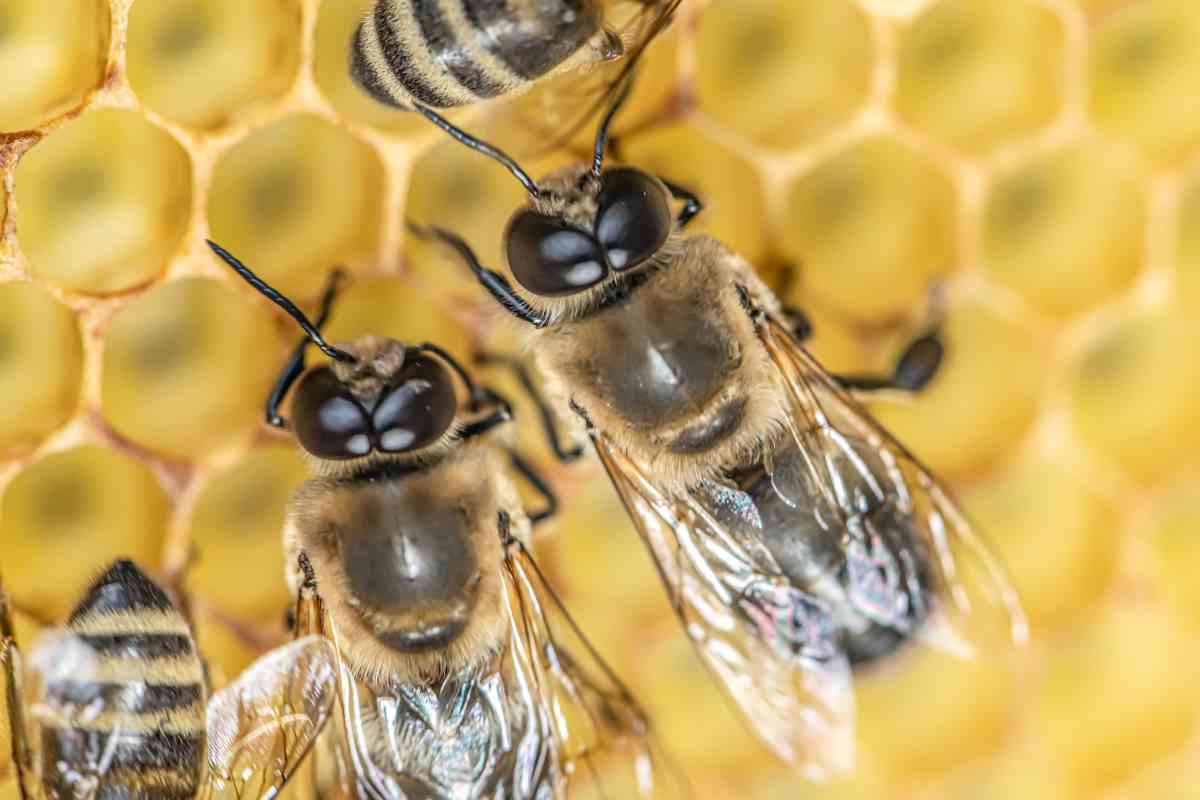The world of bees is more complex than we often realize. Among the most intriguing aspects is the lifecycle of male drone bees, which is both short and dramatically fulfilled in their quest to mate with a queen bee. These creatures have evolved unique mating strategies that not only ensure the continuation of their species but also come at a high cost—ultimately leading to their demise. In this exploration, we delve into the biological intricacies and fascinating behaviors that define the life of male drone bees.
Did you know that male drone bees only live for about two months? This brief lifespan is primarily dedicated to a singular purpose: mating with a queen bee. Once they fulfill this duty, their lives come to a premature end, often in a gruesome manner. Their reproductive role is both vital for the hive and tragically fatal, marking them as a remarkable example of nature’s harsh realities.
The mating ritual of drone bees is not only critical to their reproduction but is also surrounded by a veil of mystery and intrigue. Videos circulating on social media have captured these moments, drawing attention to the dramatic lifecycle of these insects. As we uncover the truth behind these videos, we also learn more about the larger implications of drone bees within their ecosystems and the vital roles they play.
Table of Contents
- Biography of Male Drone Bees
- Mating Rituals: The Life and Death of Drone Bees
- Scientific Studies on Bee Mating Habits
- Conservation Efforts for Bees
Biography of Male Drone Bees
Male drone bees, or simply drones, are part of the bee colony and have a unique place within it. Drones are typically larger than worker bees and are characterized by their inability to gather nectar or pollen. They exist solely for the purpose of mating with a queen.
| Characteristic | Details |
|---|---|
| Average Lifespan | Approximately 2 months |
| Primary Function | Mating with queen bees |
| Physical Traits | Larger than worker bees, no stinger |
| Reproductive Role | Mates with multiple queens during flight |
Mating Rituals: The Life and Death of Drone Bees
The mating ritual of drone bees is both fascinating and fatal. Drones are born in the spring and spend their short lives competing to mate with a queen. During a mating flight, a queen may mate with several drones, which ensures genetic diversity within the hive.
Once a drone successfully mates, its reproductive organs are left inside the queen, resulting in its immediate death. This gruesome twist is nature's way of ensuring that the drone's genetic material is passed on, albeit at the cost of its life. The entire process is a stark reminder of the sacrifices inherent in the natural world.
Scientific Studies on Bee Mating Habits
Research into the mating habits of bees has revealed intriguing insights into their reproductive strategies. Studies indicate that the practice of polyandry, where a queen mates with multiple drones, enhances the genetic diversity of the colony, which is crucial for disease resistance.
Notably, scientific explorations have documented the mechanics of drone mating, showcasing the dramatic and often fatal consequences of their reproductive acts. This body of research not only provides clarity on bee behaviors but also highlights the importance of conserving these vital pollinators.
Conservation Efforts for Bees
With the declining bee populations globally, conservation efforts have become more critical than ever. Various initiatives aim to protect bee habitats and promote sustainable practices that ensure the survival of these essential insects. Understanding the lifecycle of drone bees is a vital part of these efforts, as it emphasizes their role in the ecosystem.
By fostering an appreciation for the complex lives of bees, we can encourage more people to support conservation efforts. Protecting bee populations is not just about saving a species; it’s about preserving the delicate balance of our ecosystems.
- Daniel Jack Neeson
- Patrick Flueger Relationship
- Oprah Diddy Connection
- Kim Hye Yoon Husband
- Preet Jatti
- Aaron Pierre
- Simon Cowell Son Disability
- Is David Jason Muir Married
- Anton Lavey Daughter
- Massey Park California




